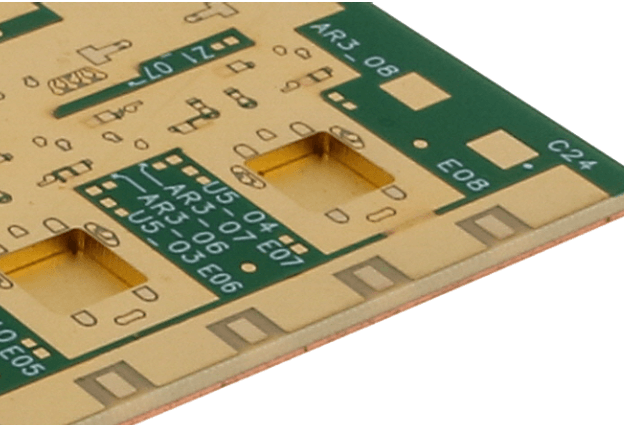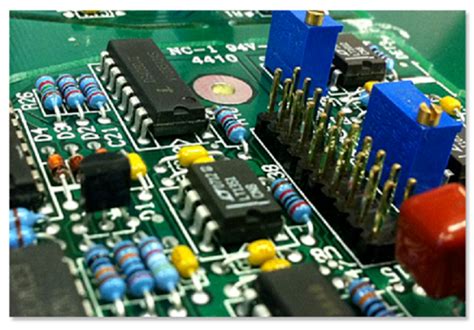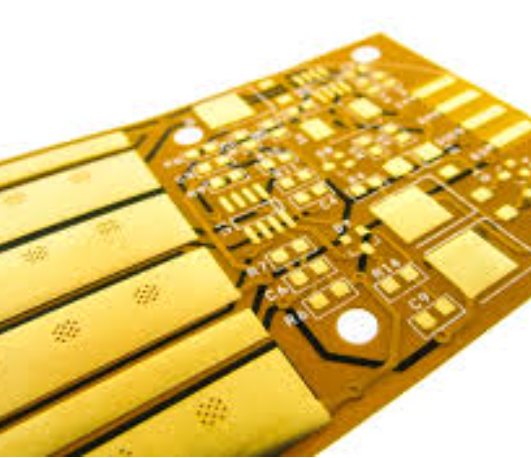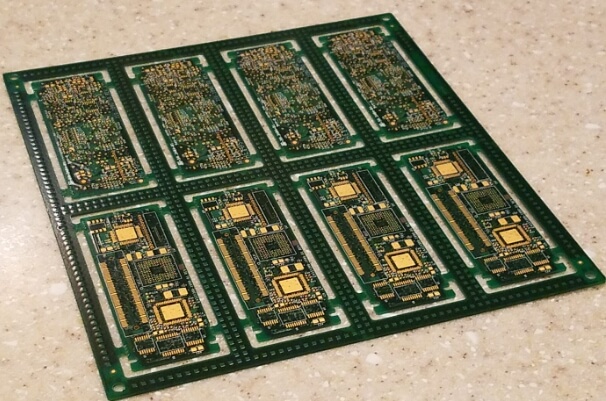High-Speed PCB Design Skills: Mastering the Art of Signal Integrity
Introduction to High-Speed PCB Design
In today’s rapidly evolving electronics industry, high-speed PCB (Printed Circuit Board) design has become a critical skill for engineers working with modern digital systems. As clock frequencies continue to rise and edge rates become faster, traditional PCB design approaches often fall short, leading to signal integrity issues, electromagnetic interference (EMI) problems, and overall system reliability challenges.
High-speed PCB design refers to the specialized techniques required when the interconnecting traces on a board begin to affect signal quality. This typically occurs when trace lengths approach a significant fraction of the signal’s wavelength or when the rise time of digital signals becomes shorter than the propagation delay through the interconnect.
Fundamental Concepts in High-Speed Design
Signal Integrity Basics
Signal integrity (SI) is the foundation of high-speed PCB design. It ensures that electrical signals propagate from transmitter to receiver without significant distortion. Key aspects include:
- Transmission Line Effects: At high frequencies, PCB traces behave as transmission lines rather than simple conductors. Proper termination becomes essential to prevent reflections.
- Impedance Control: Maintaining consistent characteristic impedance throughout the signal path minimizes reflections and ensures clean signal transmission.
- Crosstalk: Unwanted coupling between adjacent traces can corrupt signals. Careful spacing and routing techniques mitigate this issue.
Power Integrity Considerations
Power distribution networks (PDNs) must deliver clean, stable power to all components:
- Decoupling Strategies: Proper use of decoupling capacitors at various frequencies maintains low impedance power delivery.
- Plane Design: Well-designed power and ground planes reduce noise and provide effective current return paths.
- Simultaneous Switching Noise (SSN): Managing current demands from multiple devices switching simultaneously prevents voltage droops and ground bounce.

Critical High-Speed PCB Design Techniques
Layer Stackup Design
An optimal layer stackup is the foundation of a successful high-speed design:
- Signal Layer Adjacency: Route high-speed signals between ground planes whenever possible for controlled impedance and shielding.
- Plane Layer Usage: Dedicate entire layers to power and ground to provide low-impedance return paths.
- Dielectric Material Selection: Choose materials with consistent dielectric constants and low loss tangents for high-frequency applications.
Routing Best Practices
Proper trace routing is essential for signal integrity:
- Length Matching: Critical for differential pairs and parallel buses to maintain timing relationships.
- Avoiding Sharp Angles: Use 45° or curved traces instead of 90° turns to prevent impedance discontinuities.
- Via Management: Minimize via count in high-speed paths and use back-drilling or microvias when necessary.
- Differential Pair Routing: Maintain consistent spacing and length matching for optimal common-mode rejection.
Grounding Strategies
Effective grounding is crucial for both signal integrity and EMI control:
- Solid Ground Planes: Provide uninterrupted reference planes for signals and shielding.
- Split Plane Considerations: Carefully manage mixed-signal ground separation to avoid creating antenna structures.
- Stitching Vias: Use multiple vias to connect ground layers and reduce loop areas.
Advanced High-Speed Design Considerations
EMI/EMC Design Techniques
Preventing electromagnetic interference requires proactive design:
- Edge Rate Control: Slower rise times reduce high-frequency emissions when timing budgets allow.
- Shielding: Use grounded copper pours or cans to contain high-frequency noise.
- Filtering: Implement appropriate filtering at connectors and I/O interfaces.
High-Speed Connector Selection
Board-to-board and cable connectors present unique challenges:
- Impedance Matching: Choose connectors designed to maintain controlled impedance.
- Pinout Optimization: Arrange high-speed signals adjacent to ground pins for proper return paths.
- Backshell Connections: Ensure proper grounding of connector shields.

Design for Manufacturing (DFM) in High-Speed PCBs
Balance performance requirements with manufacturability:
- Tolerancing: Account for manufacturing variations in trace width and spacing.
- Material Consistency: Specify materials with tight dielectric constant tolerances.
- Testing Access: Include test points for critical signals without compromising performance.
Simulation and Verification Tools
Modern high-speed design relies heavily on simulation:
- Signal Integrity Simulation: Predict reflections, crosstalk, and timing margins before fabrication.
- Power Integrity Analysis: Verify PDN performance under various loading conditions.
- 3D EM Field Solvers: Analyze complex structures like connectors and via transitions.
- Thermal Analysis: Ensure proper heat dissipation for high-power components.
Common High-Speed Design Pitfalls and Solutions
Problem: Excessive Ringing on Signal Traces
Solution: Implement proper termination (series or parallel) based on the driving topology.
Problem: Intermittent Data Errors
Solution: Review power delivery network and check for adequate decoupling.
Problem: Failing EMC Compliance Tests
Solution: Analyze return current paths and improve grounding strategies.
Problem: Timing Violations in Parallel Buses
Solution: Implement tighter length matching and review clock distribution.
Future Trends in High-Speed PCB Design
As technology advances, new challenges emerge:
- Higher Data Rates: 112Gbps and beyond require new materials and design approaches.
- Advanced Packaging: 3D ICs and chiplet architectures change board-level design requirements.
- AI-Assisted Design: Machine learning algorithms help optimize complex routing scenarios.
- Sustainable Materials: Eco-friendly substrates with high-frequency performance.

Conclusion
Mastering high-speed PCB design requires a combination of theoretical knowledge, practical experience, and the judicious use of modern design tools. By understanding signal integrity principles, implementing proper layout techniques, and leveraging simulation tools, engineers can create robust high-speed designs that meet performance requirements while minimizing costly redesigns.
As digital systems continue to push speed limits, the importance of high-speed PCB design skills will only grow. Continuous learning and adaptation to new technologies will remain essential for engineers working in this challenging yet rewarding field.







